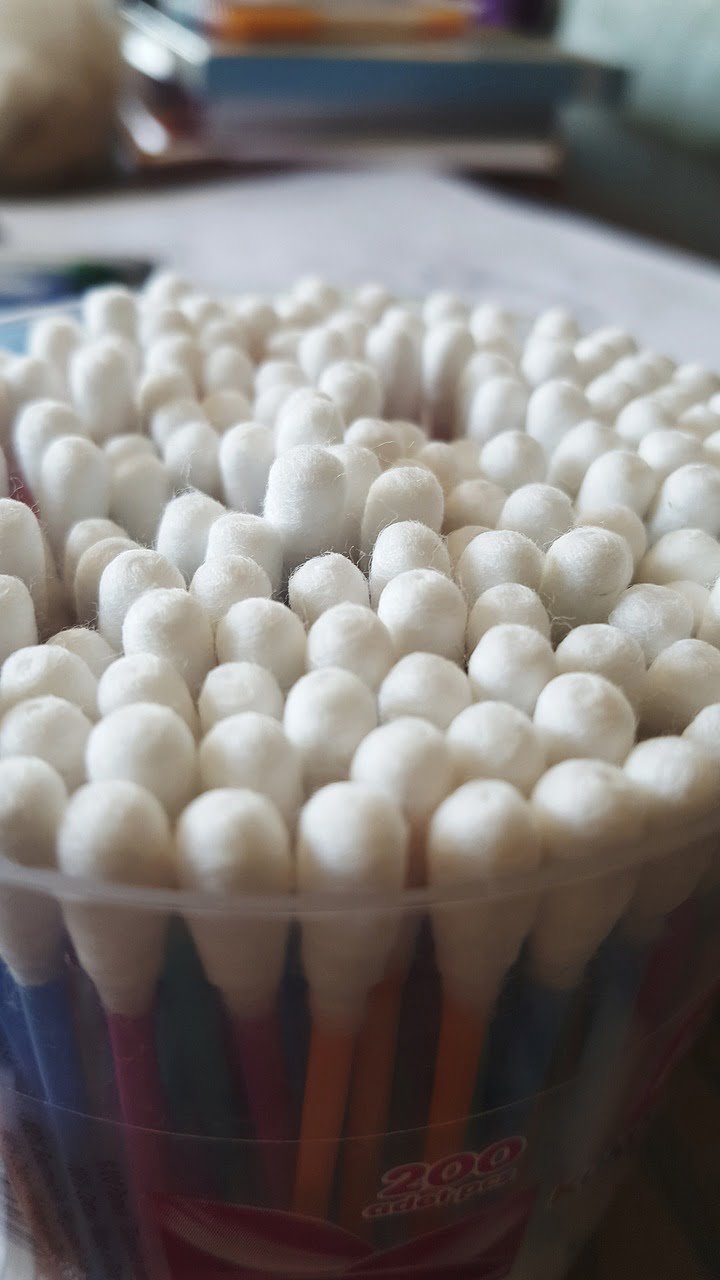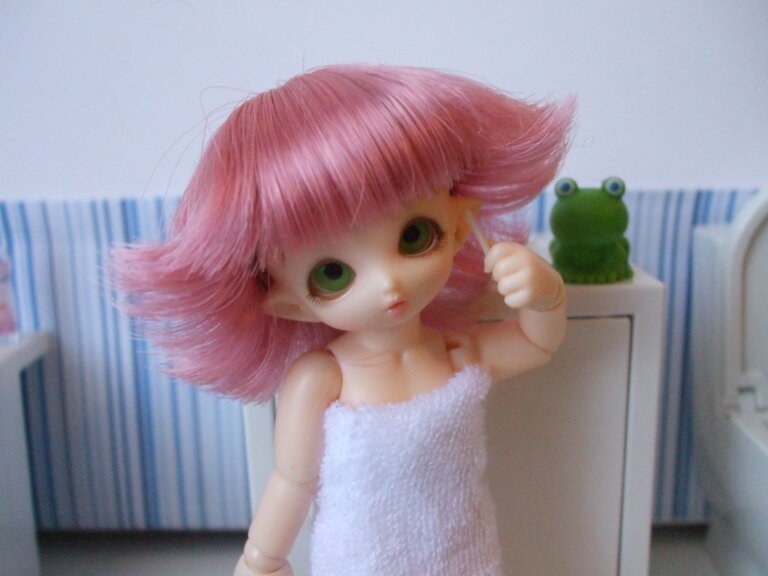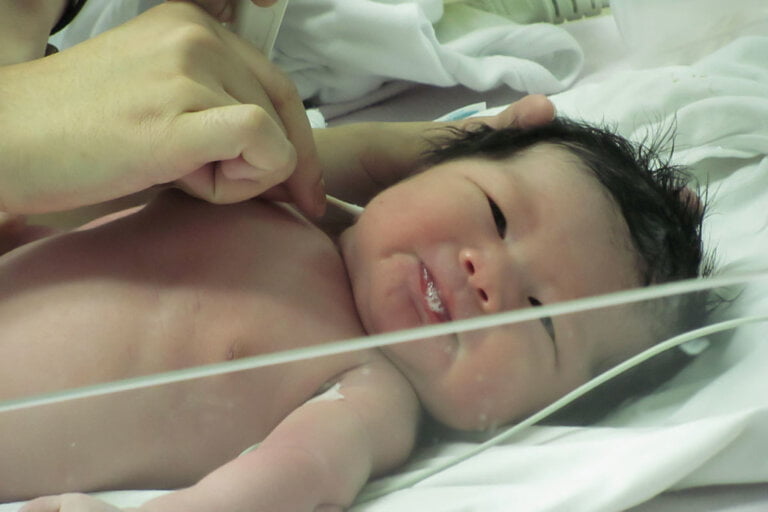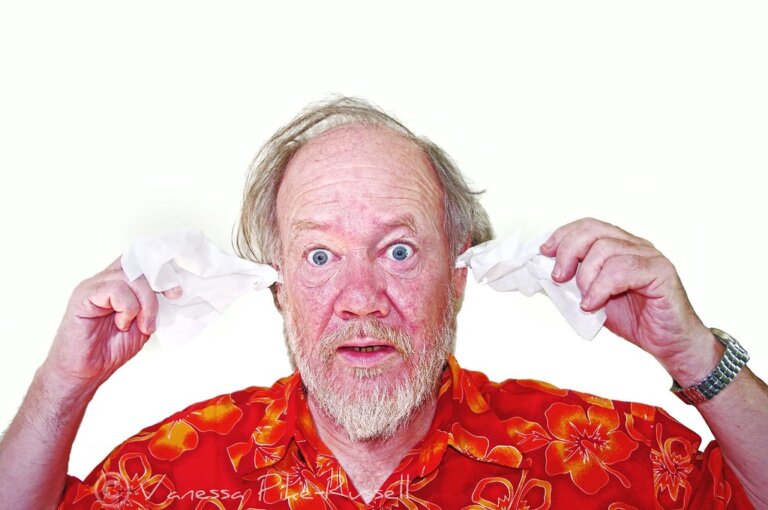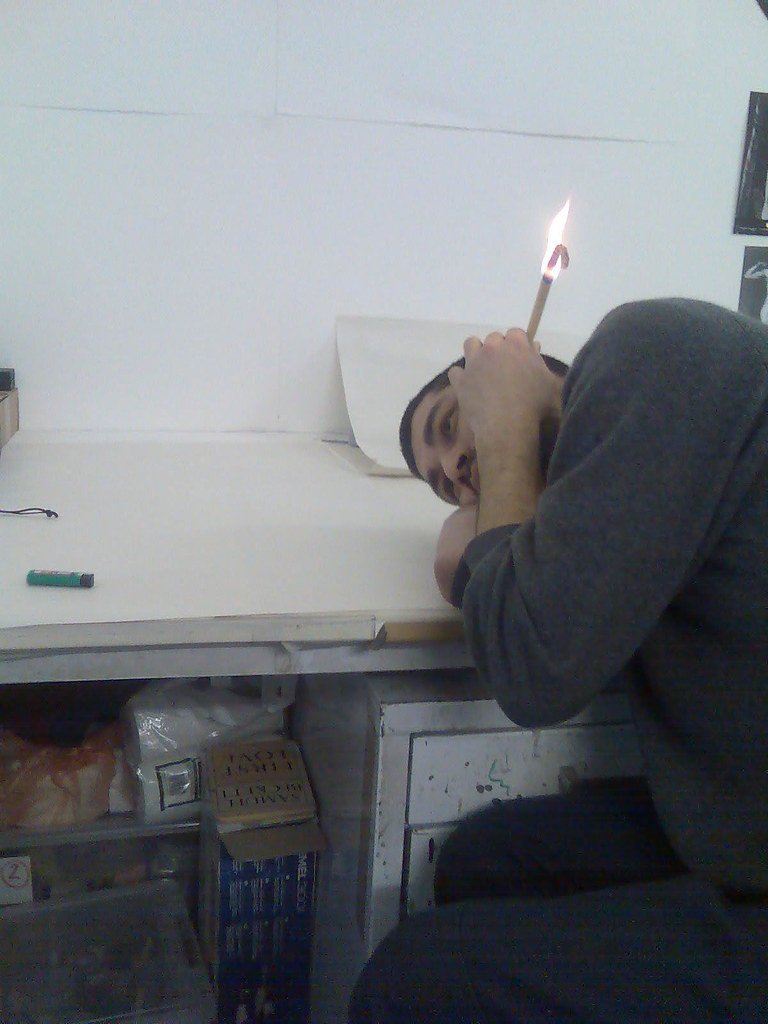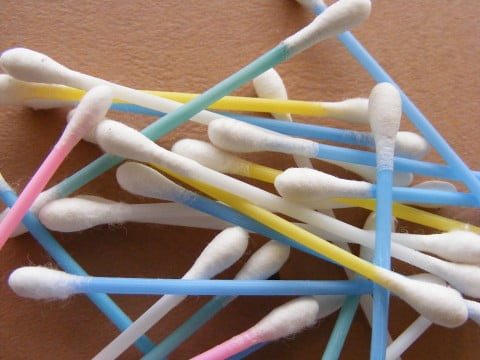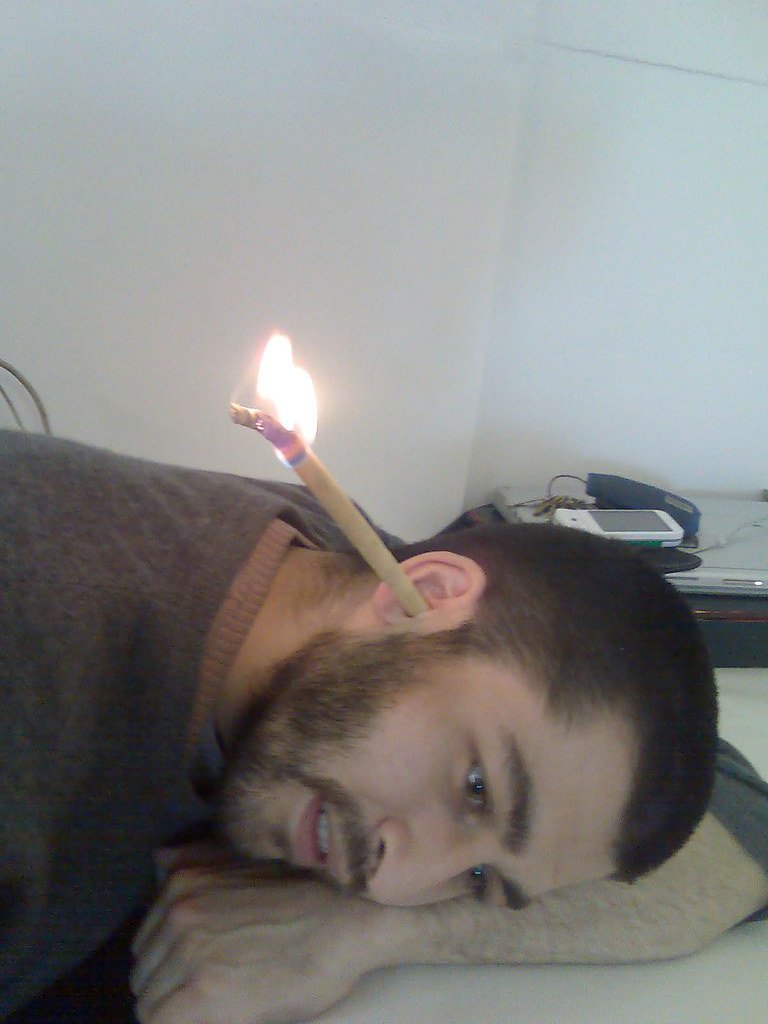Your Long-Term Care Guide for Optimal Health After Manual Instrument Ear Wax Removal
Last Updated on 25th April 2024 by Admin
Earwax, also known as cerumen, is a natural substance produced by glands in the ear canal. It plays a vital role in protecting the ear from dust, debris, and bacteria. However, excessive earwax buildup can lead to discomfort, hearing loss, and other complications. Manual instrument earwax removal is a common procedure performed by medical professionals to alleviate these symptoms.
After undergoing manual instrument earwax removal, it is crucial to take proper care of your ears to ensure optimal health and prevent future problems. In this comprehensive guide, we will outline the steps you should follow for long-term care after the procedure.
1. Follow Post-Procedure Instructions
Following the post-procedure instructions provided by your healthcare provider is crucial for promoting healing and preventing potential complications. These instructions may include:
- Avoid inserting anything into your ears: It is important to refrain from using cotton swabs or any other objects to clean the inside of your ears. This can push the wax deeper into the ear canal and cause injury.
- Keep your ears dry: Prevent water or other fluids from entering the ear canal, as it can disrupt the healing process and increase the risk of infection.
- Avoid exposure to loud noises: Your ears may be more sensitive after the procedure, so it is important to protect them from loud noises that can further damage your hearing.
- Take prescribed medications as directed: If your healthcare provider prescribes any medications, make sure to take them as instructed to aid in the healing process and prevent infection.
2. Cleanliness and Hygiene
Maintaining proper cleanliness and hygiene is essential for preventing earwax buildup and infections. Here are some tips to help you maintain good ear hygiene:
- Gently clean the outer part of your ears: After showering or bathing, use a soft cloth or tissue to gently clean the outer part of your ears. This helps remove any dirt or debris that may have accumulated.
- Avoid inserting objects: It is important to avoid using cotton swabs or any other objects to clean the inside of your ears, as mentioned earlier. Instead, focus on cleaning the outer part of your ears.
- Use ear drops to soften the wax: If you feel the need to clean your ears, use a few drops of mineral oil, baby oil, or over-the-counter ear drops to soften the wax. This can help facilitate its natural expulsion from the ear canal. After applying the drops, let them sit for a few minutes, and then gently rinse your ear with warm water while tilting your head to the side.
3. Preventive Measures
Taking preventive measures can help reduce the risk of future earwax buildup and related complications. Consider the following tips:
- Use earphones or headphones responsibly: Avoid using earphones or headphones at high volumes for extended periods. Prolonged exposure to loud sounds can damage your hearing and contribute to earwax buildup.
- Protect your ears during water exposure: When swimming or bathing, consider using earplugs or wearing a shower cap to prevent excessive exposure to water. Moisture in the ear canal can promote the growth of bacteria and lead to infections.
- Wear protective gear in noisy environments: If you find yourself in noisy environments such as concerts, construction sites, or when operating loud machinery, it is essential to use protective earplugs or earmuffs. These help reduce the impact of loud noises on your ears and prevent damage.
4. Regular Check-ups
Regular check-ups with your healthcare provider are important for monitoring the condition of your ears and addressing any concerns or complications promptly. During these appointments, your healthcare provider may perform visual inspections or use specialized tools to examine the ear canal. They can also offer guidance on proper ear care techniques. Regular check-ups can help detect any potential issues early on and prevent them from developing into more serious problems.
5. Signs of Complications
While manual instrument earwax removal is generally safe, it is important to be aware of any signs of complications. If you experience any of the following, consult your healthcare provider:
- Severe pain or discomfort in your ears: Intense or prolonged pain after the procedure may indicate an infection or injury that requires medical attention.
- Persistent hearing loss: If you notice a significant and persistent decrease in your hearing abilities, it is important to have it evaluated by a healthcare professional.
- Continuous drainage or discharge from the ear: Any ongoing discharge from the ear can be a sign of infection or a perforated eardrum, which should be assessed by a healthcare provider.
- Ringing or buzzing sounds (tinnitus): Tinnitus can be a symptom of various underlying conditions, and it is important to discuss it with your healthcare provider for proper evaluation and management.
- Dizziness or vertigo: Experiencing dizziness or a spinning sensation can indicate inner ear problems, and it is important to seek medical attention if these symptoms persist or worsen.
Conclusion
Proper care after manual instrument earwax removal is essential for maintaining optimal ear health. By following the post-procedure instructions, practicing good cleanliness and hygiene, taking preventive measures, attending regular check-ups, and being aware of signs of complications, you can ensure the long-term well-being of your ears.
Remember, if you have any concerns or questions, always consult your healthcare provider for personalized advice and guidance. Your ears play a vital role in your overall well-being, and taking care of them is an investment in your long-term health.
Q: What should I avoid doing after manual instrument earwax removal?
A: It is important to avoid inserting anything into your ears, keep your ears dry, avoid exposure to loud noises, and take prescribed medications as directed.
Q: How should I clean my ears after the procedure?
A: After showering or bathing, gently clean the outer part of your ears with a soft cloth or tissue. Avoid inserting objects into the ear canal and use ear drops to soften the wax if necessary.
Q: How can I prevent future earwax buildup and related complications?
A: To prevent future earwax buildup, use earphones or headphones responsibly, protect your ears during water exposure, and wear protective gear in noisy environments.
Q: Why are regular check-ups important after manual instrument earwax removal?
A: Regular check-ups allow healthcare providers to monitor the condition of your ears, address any concerns or complications, and offer guidance on proper ear care techniques.

